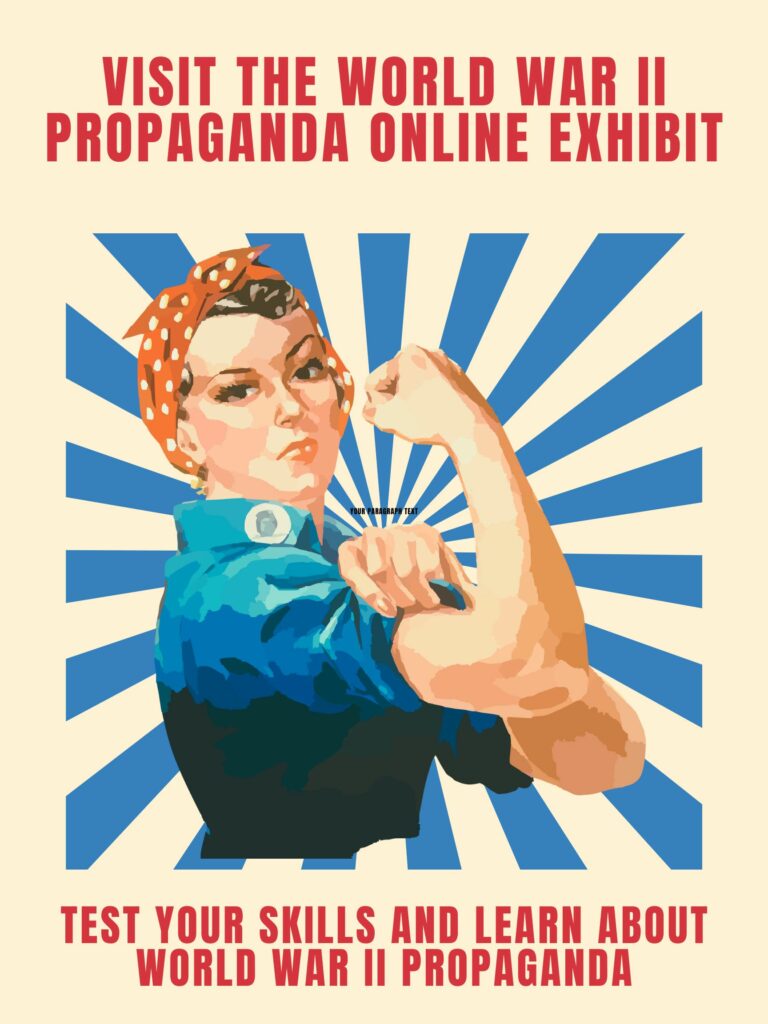When I started the internship and learned what I would be working on for at least this semester, I was not sure I would enjoy my work. Sam informed me I would be doing a lot of data analysis, which I was less familiar with compared to other digital tools I have used. I could even tell during the class meeting that when I said that I was going to do that, I was not excited about it. What worried me was that I would get a few weeks in and find out that this is something that I do not like and it would turn me off from ever wanting to work in a museum setting. I was also worried that my mentor and the other employees of the National Collection Program would think I was not good at the job given. However, working on it these past few weeks has changed my view of where I stand.
While I feared that I would fail and eventually hate working in a museum environment, that was not my experience the past few weeks. I discovered that I really like data analysis, maybe even more than the other digital tools I have learned in my classes. The one aspect that sold it to me was that it is a lot like researching in history. I was fascinated trying to find little tidbits that are important to what I am working on. This realization has really turned everything around for me. Before, I thought that I was going to hate this experience. Now, I am having the time of my life. However, this is different from what I am most enjoying out of this experience.
Yesterday, I participated in the Smithsonian Annual Picnic, helped out NCP, and saw and met other employees and their respective museums. NCP invited me and got me a visitor badge for the day. To be honest, I was nervous. While I have talked to them via email and on Teams, this would be my first time talking to them face-to-face. I wanted to make a good impression. However, I found out there was nothing for me to be worried about. I felt more comfortable talking to them in person than I did online. I found myself really enjoying my day and getting to know my mentor and the other employees better. I am happy that I enjoyed being there in person, and I cannot wait to get my official badge in a couple of weeks to continue to come in person. I feel that having this ability would create a more positive internship experience than it would if it was just virtual.
